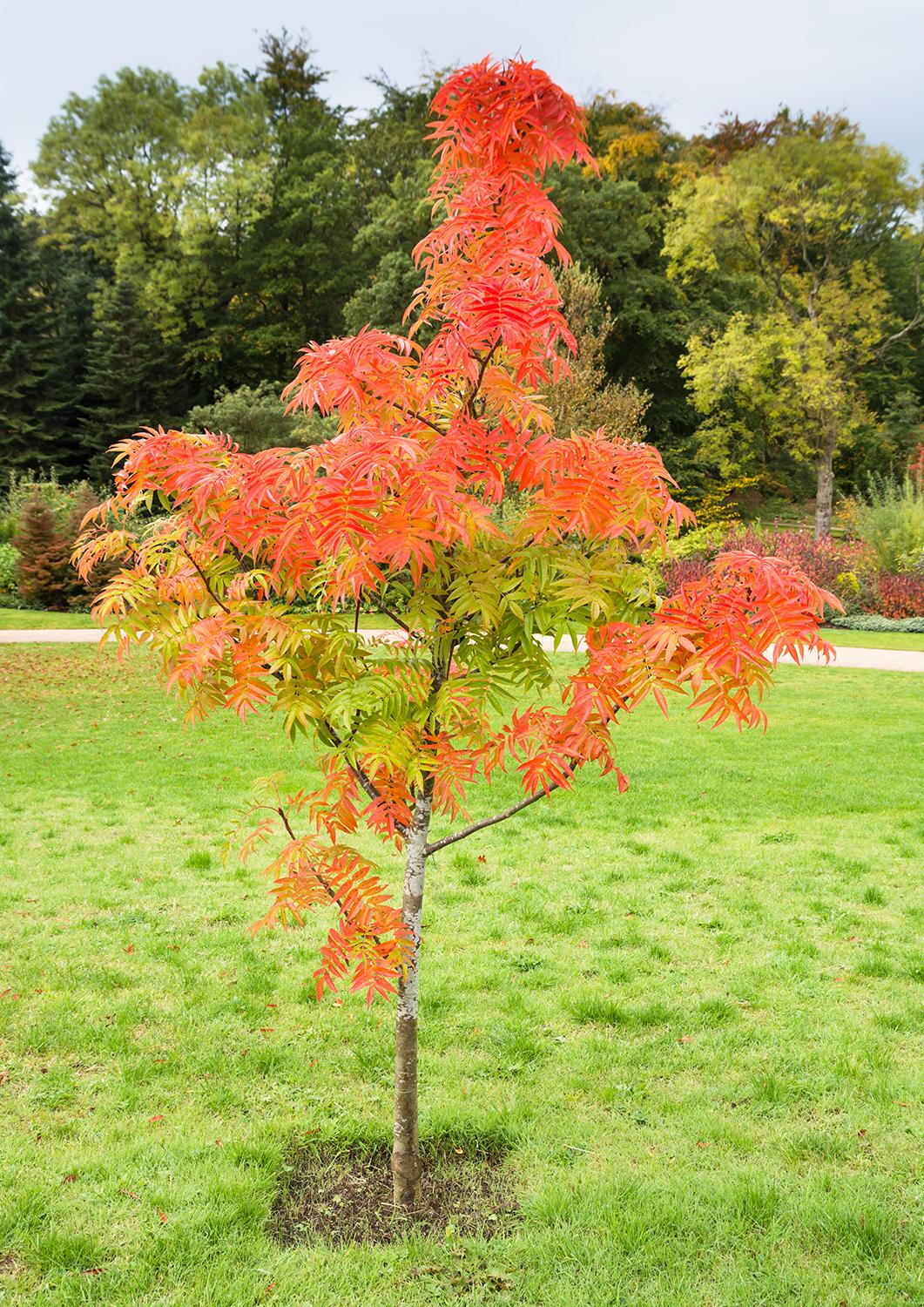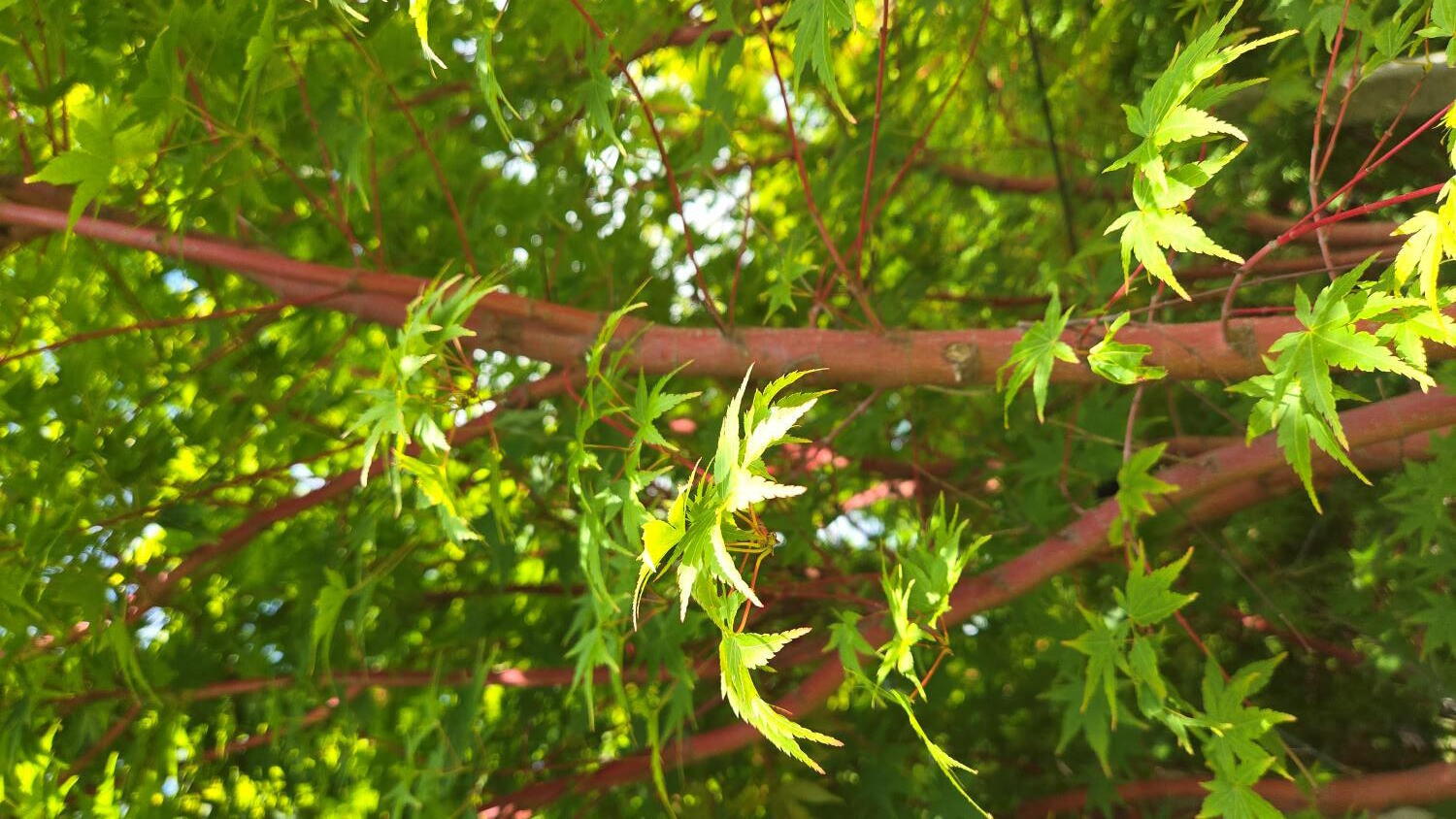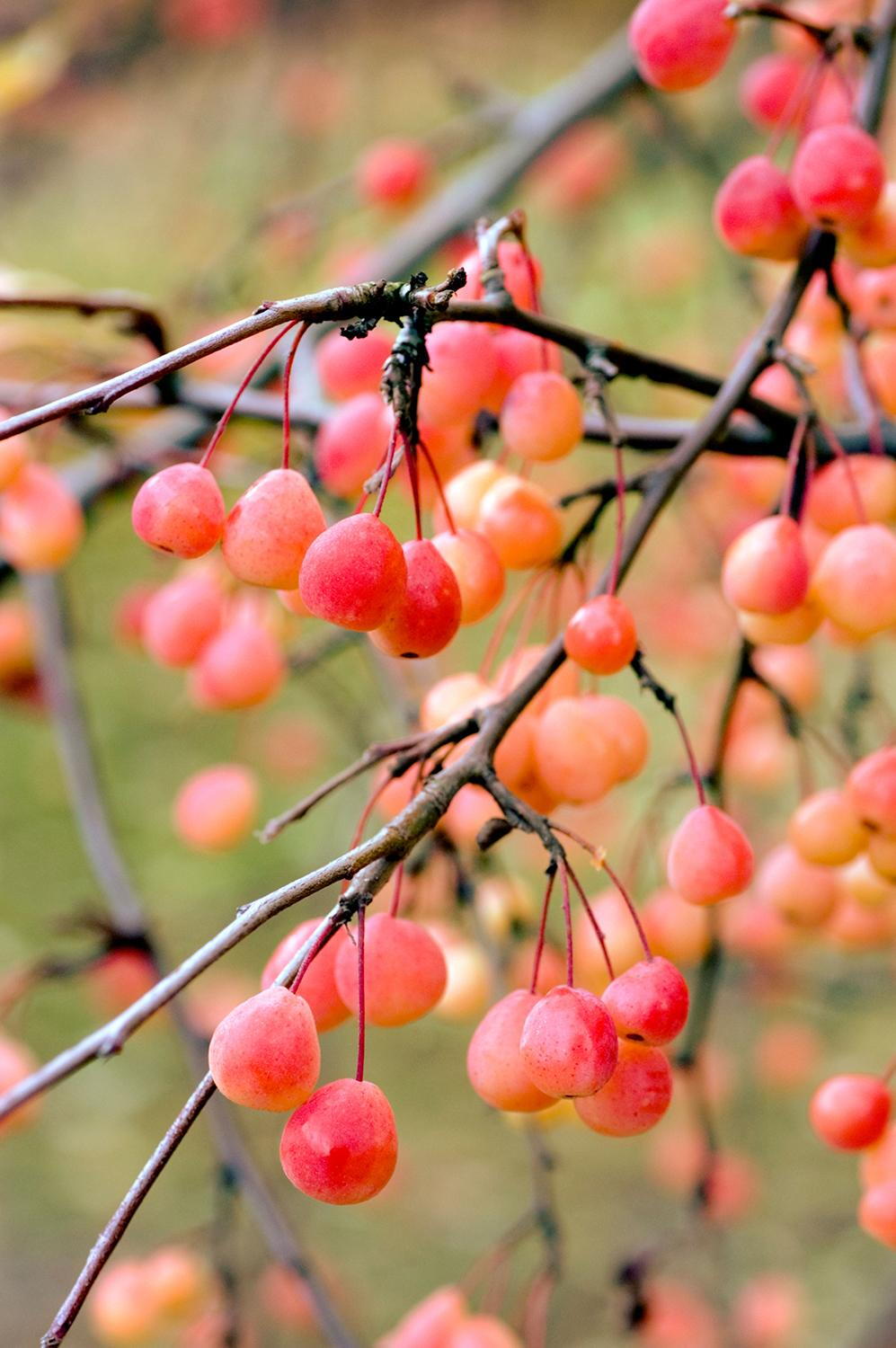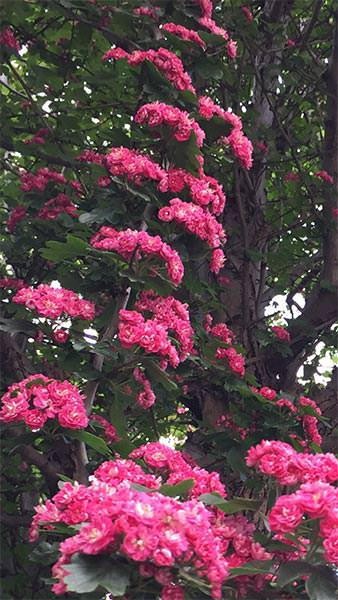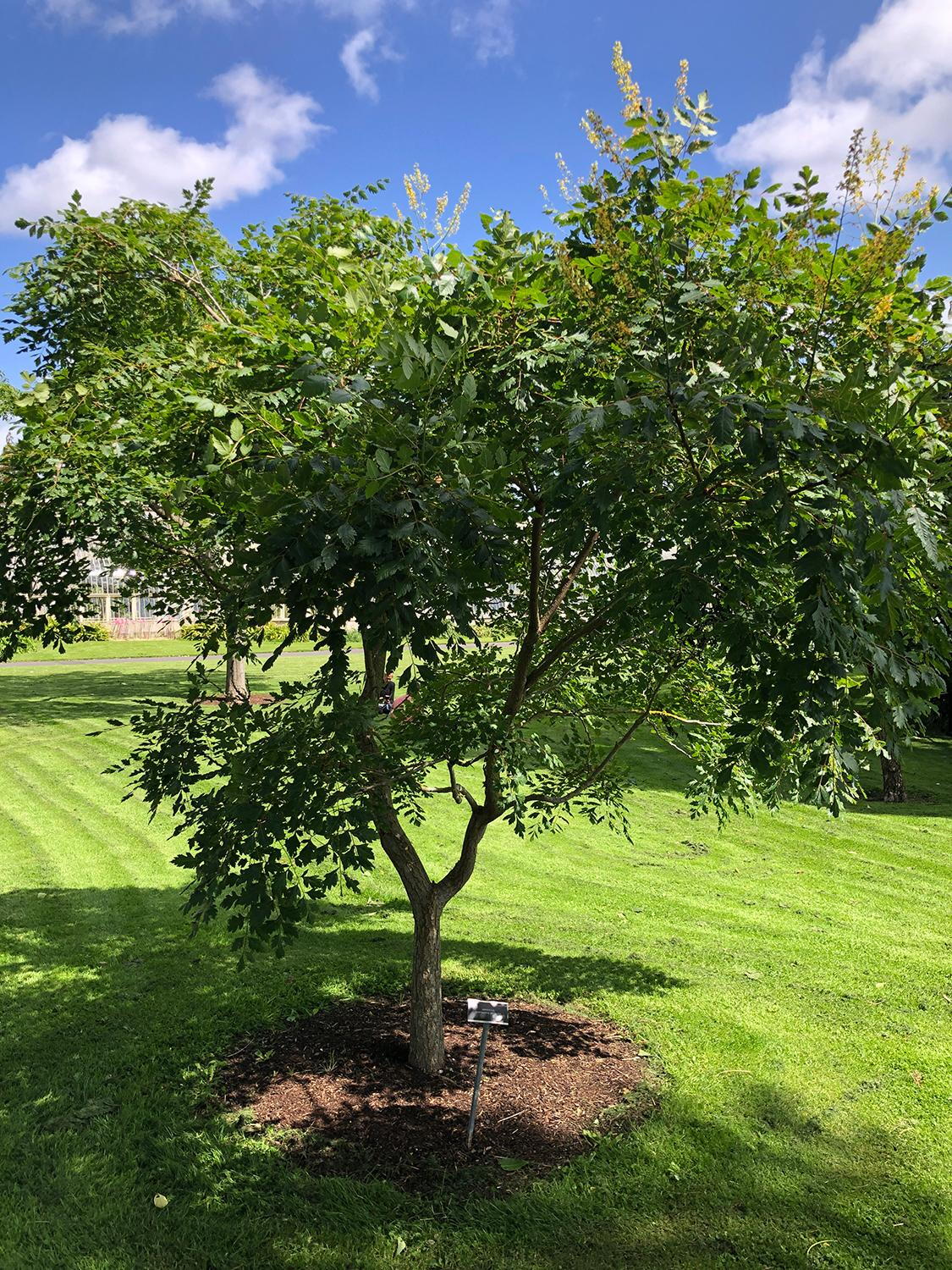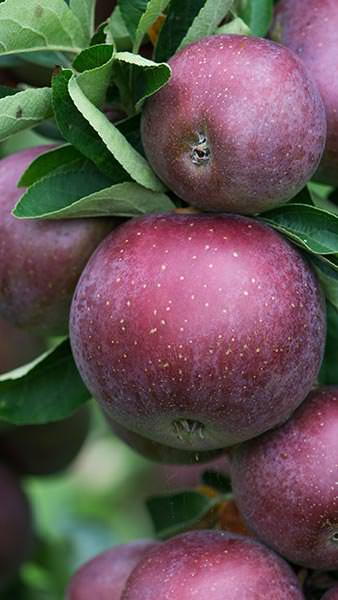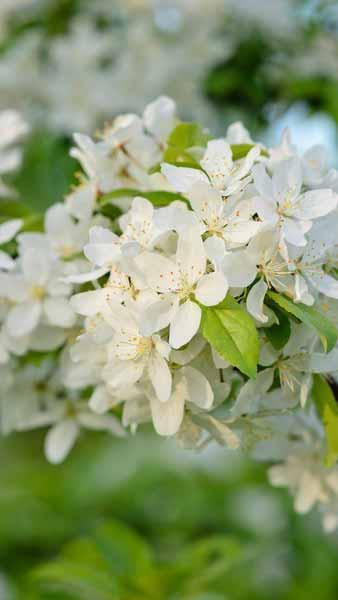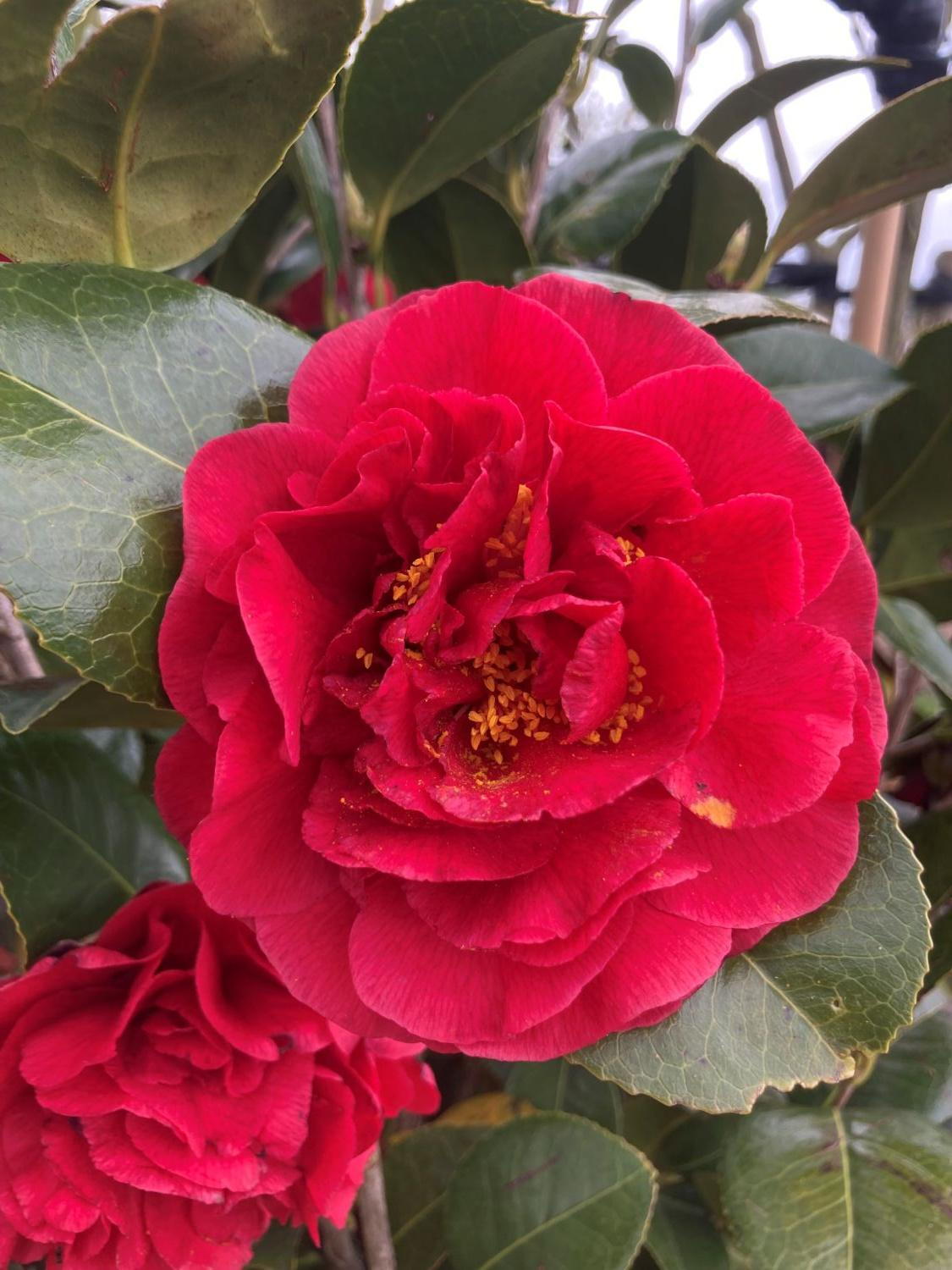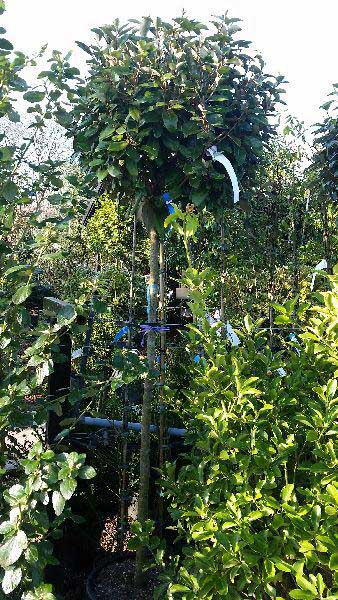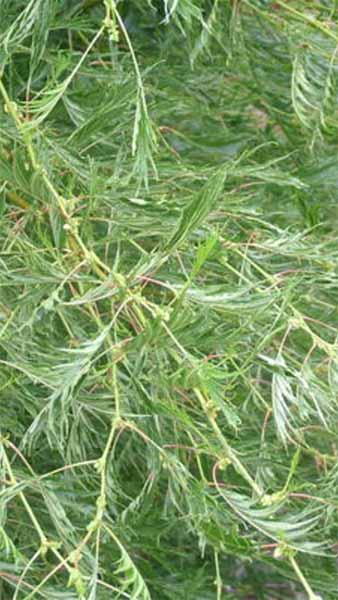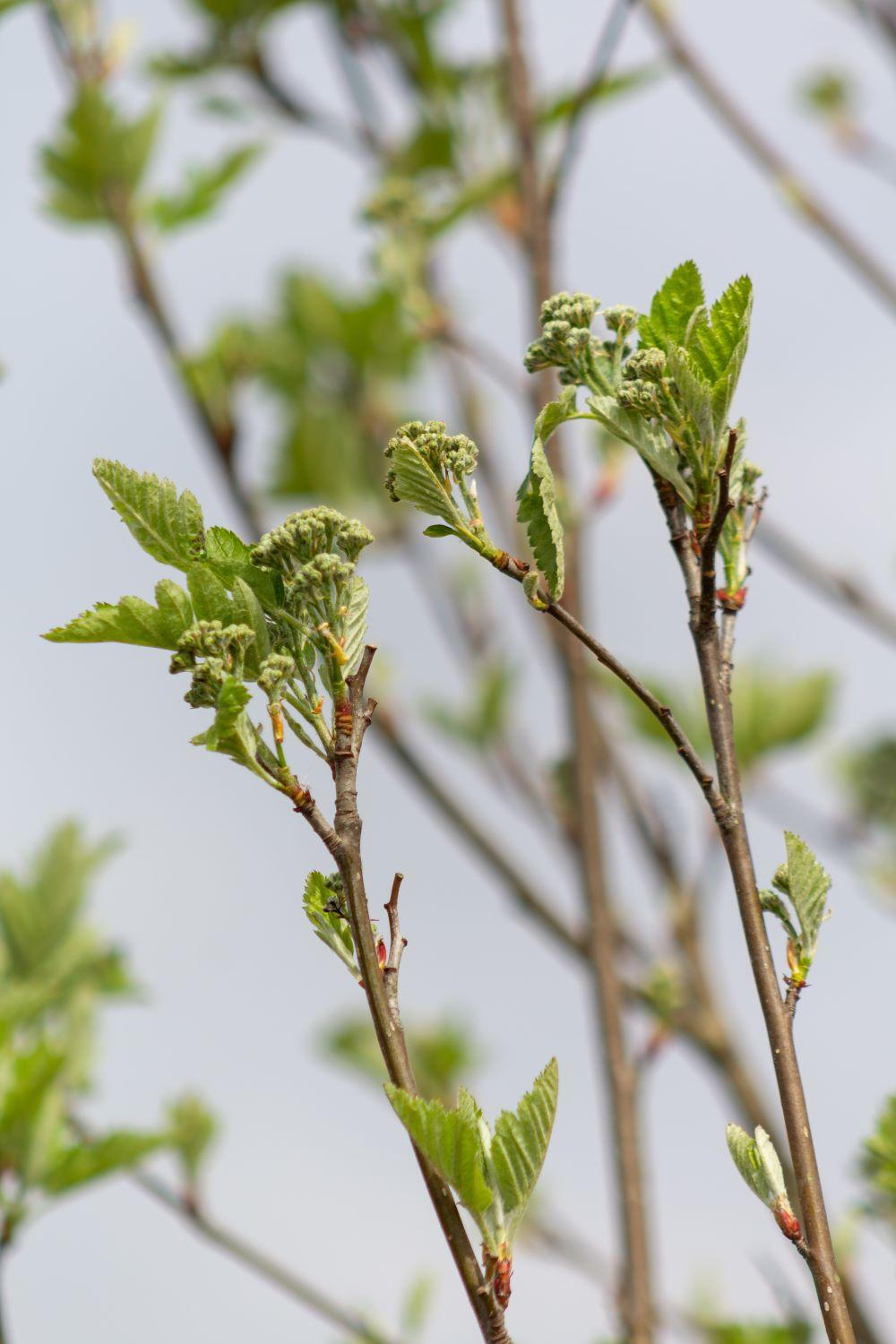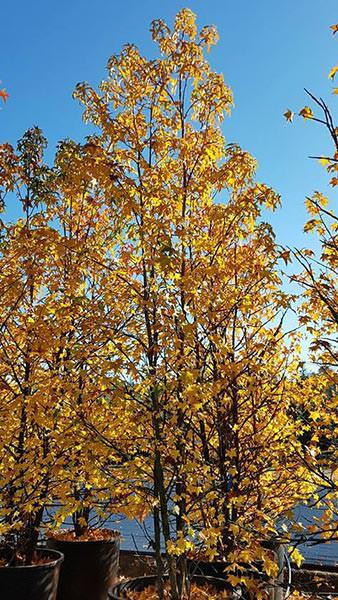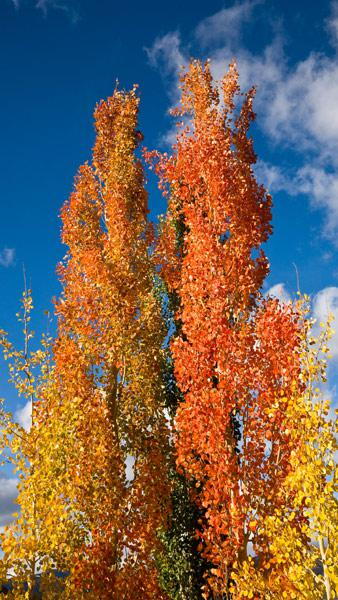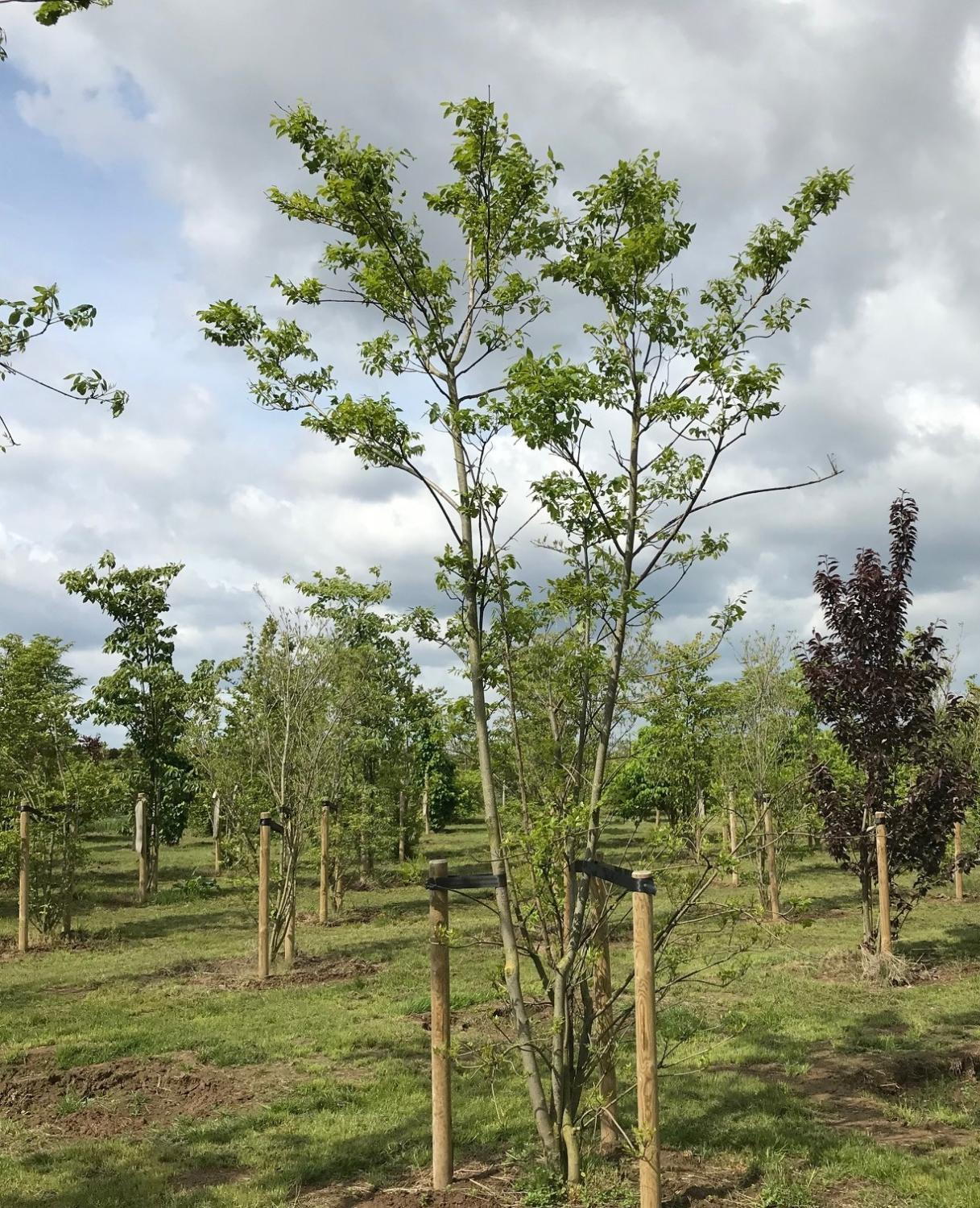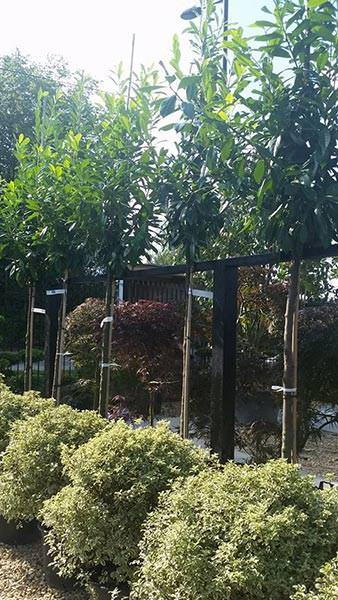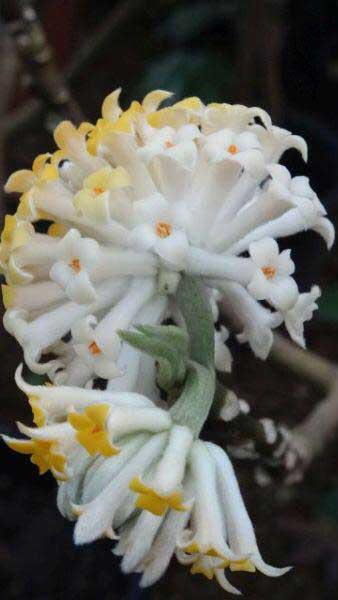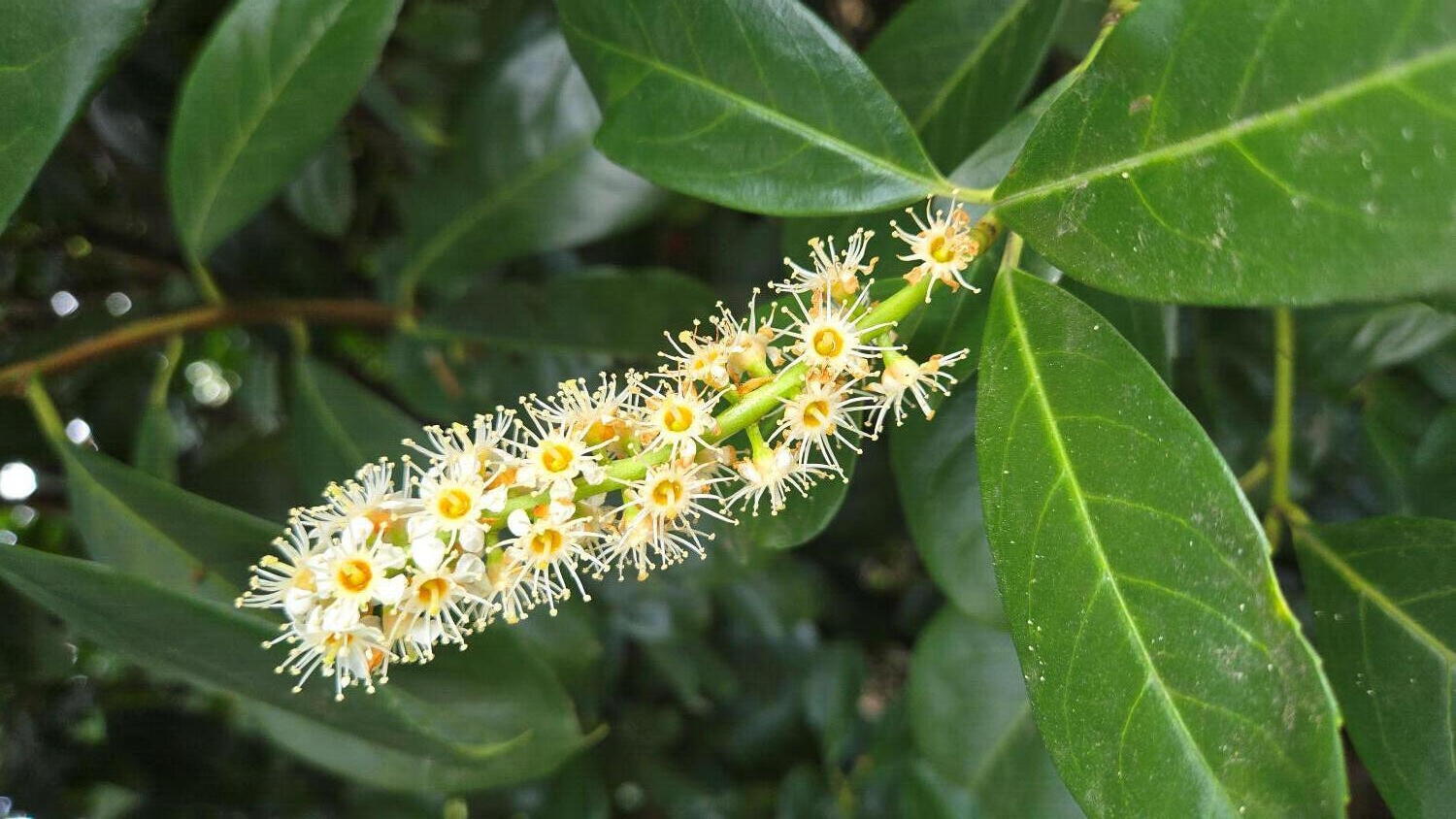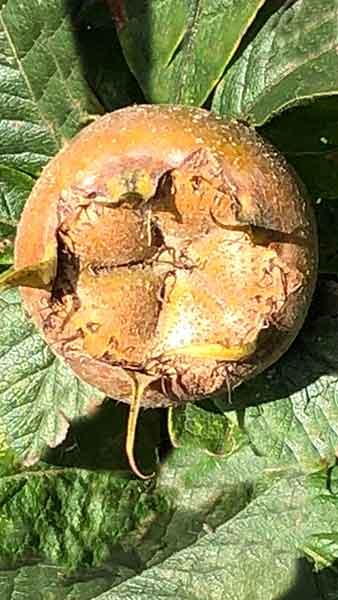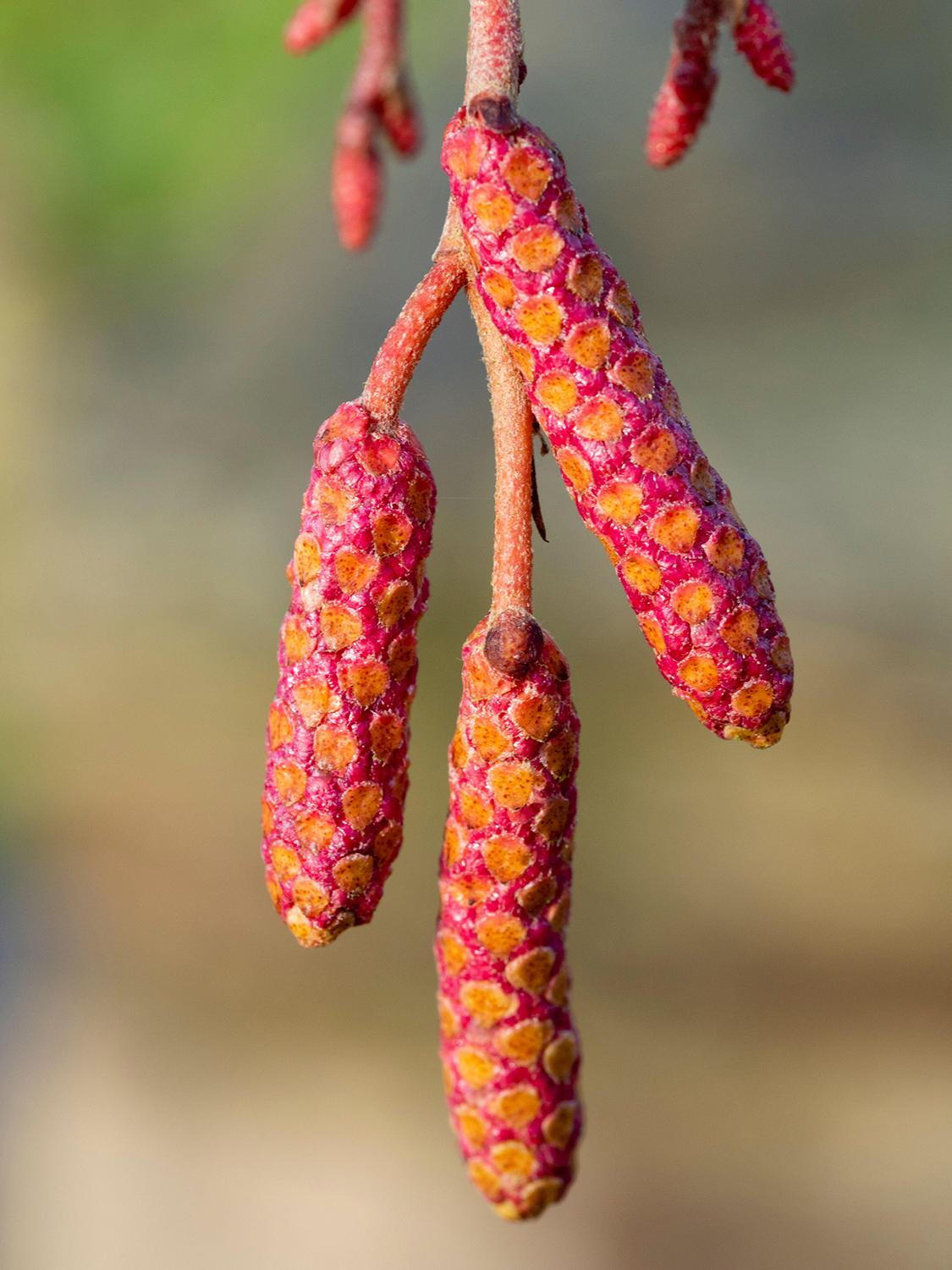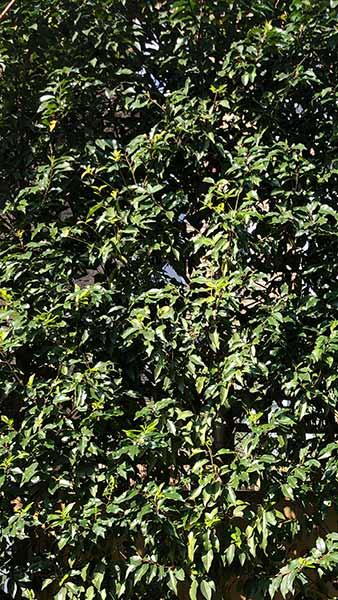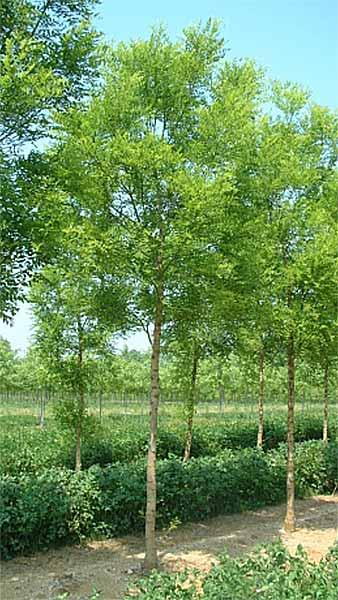Populus Tremula Erecta Swedish Aspen Upright Aspen Fastigiata
Populus Tremula Erecta has many names and is often referred to as Quaking Aspen, Aspen Erecta, Upright Aspen or Swedish Aspen. This is a deciduous tree with a broad crown. The cultivar Erecta is an uncommon form of Aspen with a narrowly columnar habit. Sometimes also referred to as Populus tremula Fastigiata this is a very tall, slim tree, elegant with rustling (or trembling) foliage, good autumn colour and catkins (male). It is ideally suited for mass planting, for lining avenues or as a tall screening tree, border, or hedge.Although it is prized for its fastigiate habit, it is other attractive qualities. The deciduous foliage starts out as green, but in the autumn turns to splendid shades of bright yellow, orange, and red. The small, heart-shaped leaves tremble and flutter in the wind, which is not just aesthetically appealing, but creates a lovely sound. The russet catkins that precede the foliage are male and ornamental.Easy to grow and to care for, Aspen Erecta is quite undemanding. This ornamental tree will thrive in any soil, in full sun, except waterlogged ones. For best results, provide good drainage. When choosing a spot for planting, make sure it is at least 40 metres away from any buildings, as its vigorous, shallow root system can damage the foundations after a period of time.Thought to originate in Sweden, around 1847, Upright Aspen can survive even in the severest European climates. Fully hardy in the United Kingdom, this fastigiate tree will not be bothered by frosts, strong cold winds or extremely low winter temperatures. Suitable for coastal and inland gardens alike. For its outstanding performance and highly-decorative features, Populus Tremula Erecta was given the Award of Garden Merit by Royal Horticultural Society, in 1993.Height & Width:Tall and very slim, Upright Aspen can achieve a maximum height of 8 to 12 metres in a period of 20 years, and its width will be around 3 metres at the most. Its size makes it a good choice for large and small gardens alike. To stay in form, Aspen Erecta needs only light pruning and the occasional trim if needed. Prune in late summer to avoid bleeding of the sap, and routinely remove all suckers in autumn and winter, to stop this cultivar from spreading.Highly-decorative with architectural and structural value, Populus Tremula Erecta is a perfect candidate for screens and hedges. Suitable for planting en masse, Swedish Aspen can be planted at a close proximity, due to its slender form. Use it to line pathways or avenues, or as a lovely tall screen with an autumn interest.
